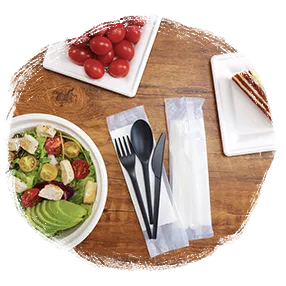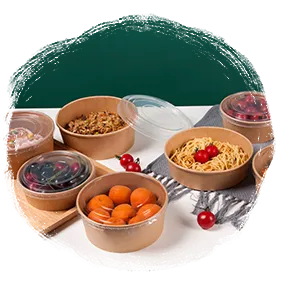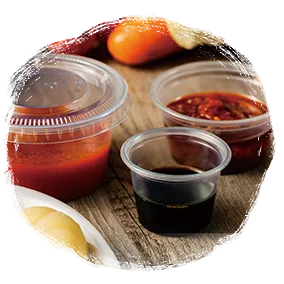Plastic waste is one of the most significant environmental challenges facing the world today. The amount of plastic waste generated by the food and beverage industry is staggering, with millions of plastic cups thrown away every day. These cups can take hundreds of years to decompose, polluting our oceans and harming wildlife. However, there is a sustainable alternative: PLA biodegradable cups. In this article, we will explore the benefits of PLA biodegradable cups and why they are an excellent choice for a sustainable future.
What are PLA Biodegradable Cups?
PLA stands for Polylactic Acid, a biodegradable and compostable material made from renewable resources like cornstarch, sugarcane, and cassava roots. PLA cups are an eco-friendly alternative to traditional plastic cups, which are derived from non-renewable resources and take hundreds of years to decompose.
PLA cups look and feel like traditional plastic cups but have a much smaller environmental footprint. They are suitable for both hot and cold beverages, making them a versatile choice for food and beverage establishments.
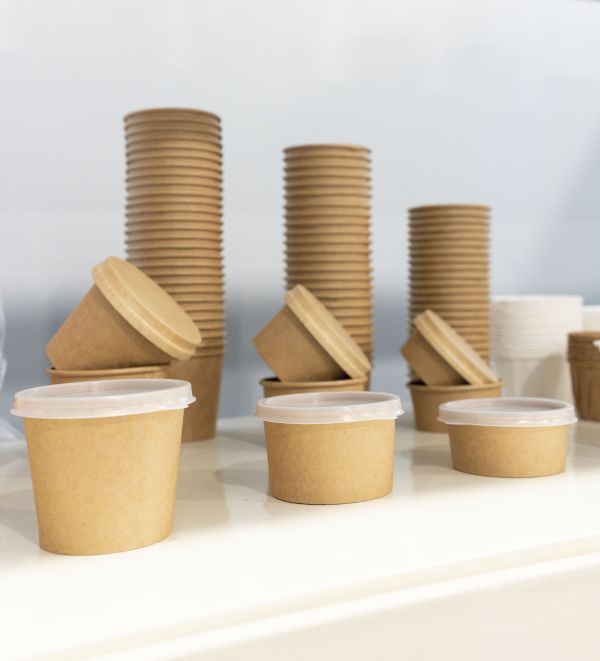
The Benefits of PLA Biodegradable Cups
1. Biodegradable and compostable
The most significant benefit of PLA biodegradable cups is that they are biodegradable and compostable. PLA cups can break down naturally in a matter of months, leaving behind no harmful residues. Unlike traditional plastic cups, which can take hundreds of years to decompose, PLA cups do not pollute the environment.
Composting PLA cups is also a sustainable option. When PLA cups are composted, they create organic matter that can be used to fertilize plants, reducing the need for chemical fertilizers. Composting is also a closed-loop system, which means that resources are kept in use for as long as possible, reducing the need for virgin materials.
2. Renewable and Sustainable
PLA biodegradable cups are made from renewable resources, such as cornstarch and sugarcane. These resources are replenished each year, making PLA cups a sustainable choice. Unlike traditional plastic cups, which are made from non-renewable resources like oil and gas, PLA cups do not contribute to the depletion of natural resources.
Moreover, PLA biodegradable cups are manufactured using less energy and emit fewer greenhouse gases compared to traditional plastic cups, making them a more sustainable choice overall.
3. Versatile
PLA biodegradable cups are suitable for both hot and cold beverages, making them a versatile choice for food and beverage establishments. They are available in a range of sizes, making them suitable for different serving sizes and purposes.
4. Cost-effective
While the cost of PLA biodegradable cups may be slightly higher than traditional plastic cups, they can be cost-effective in the long run. PLA cups can help businesses reduce waste disposal costs and avoid potential fines for violating environmental regulations. Moreover, customers are increasingly looking for sustainable options, which can attract more customers and create a positive brand image.
5. Easy to Use
PLA biodegradable cups are easy to use, and food and beverage establishments can switch to them with minimal disruption. PLA cups can be used in the same way as traditional plastic cups, with no need for additional equipment or training.
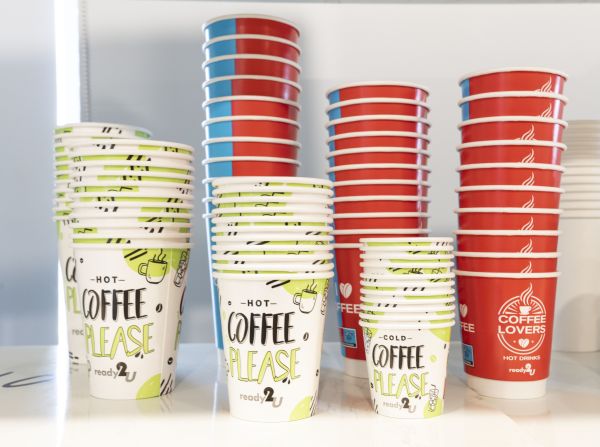
Challenges of PLA Biodegradable Cups
While PLA biodegradable cups offer many benefits, there are also some challenges to their implementation.
1. Proper Disposal
PLA biodegradable cups require specific conditions to decompose, such as high temperatures and moisture. If not disposed of properly, biodegradable cups can take longer to decompose, and may not break down completely. Proper disposal involves composting or recycling the cups, which requires specific facilities and infrastructure.
2. Limited Recycling Facilities
While PLA cups are recyclable, the infrastructure for recycling PLA cups is limited. Most recycling facilities do not accept PLA cups, as they require specific processing equipment. As a result, PLA cups are often sent to landfills, where they do not break down quickly or efficiently.
3. Cost
While PLA biodegradable cups can be cost-effective in the long run, the initial cost of switching to PLA cups may be a barrier for some businesses. PLA cups are generally more expensive than traditional plastic cups, which can be a challenge for businesses operating on a tight budget.
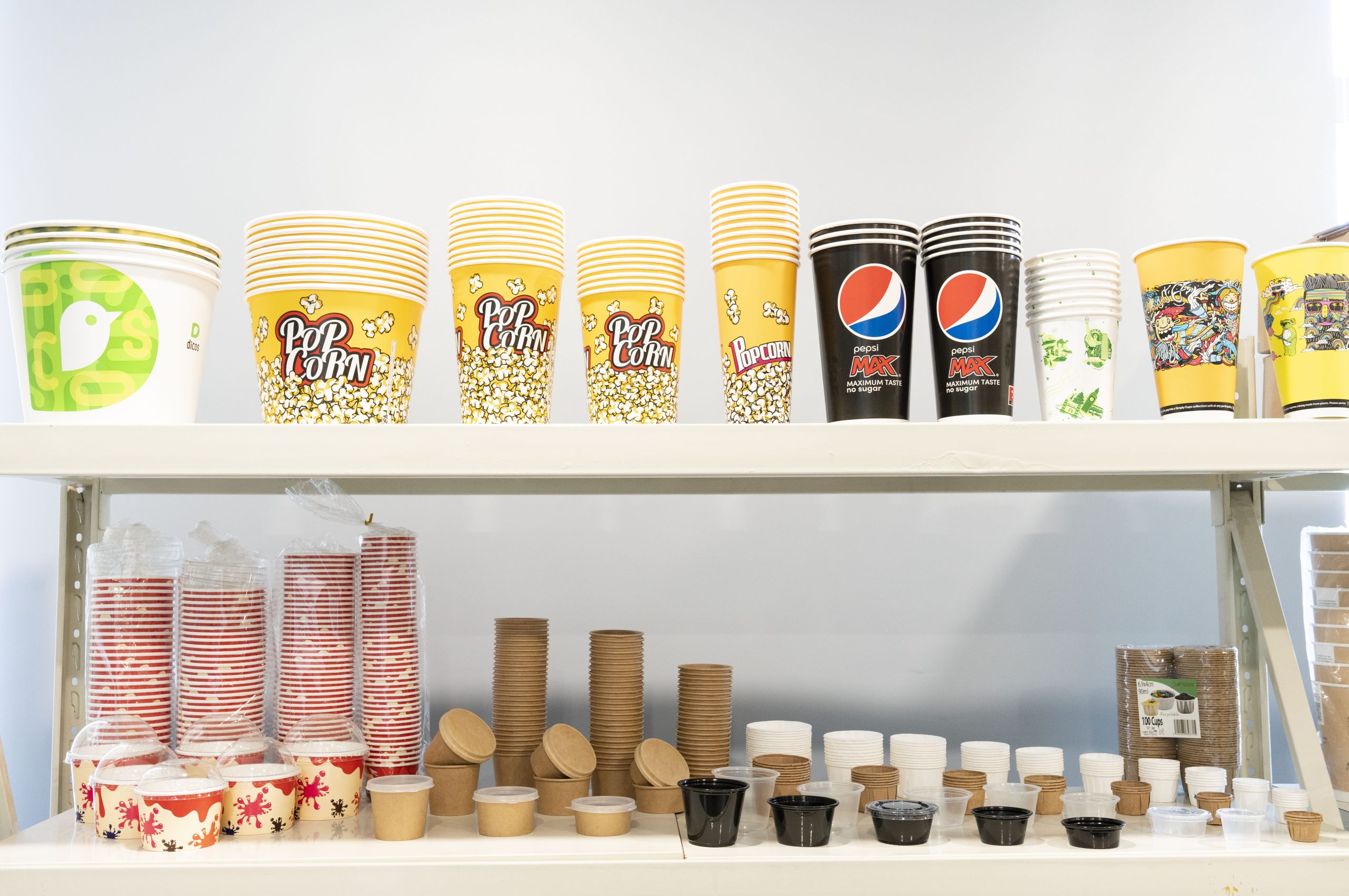
Overall, the benefits of using PLA biodegradable cups outweigh the challenges. By choosing to use PLA cups, businesses can reduce their environmental footprint and create a positive brand image. Consumers are increasingly looking for sustainable options, and PLA cups offer an excellent solution to meet this demand.
As the world moves towards a more sustainable future, it is essential to consider the environmental impact of our daily choices. By saying goodbye to plastic cups and embracing PLA biodegradable cups, we can take a significant step towards creating a more sustainable world.

